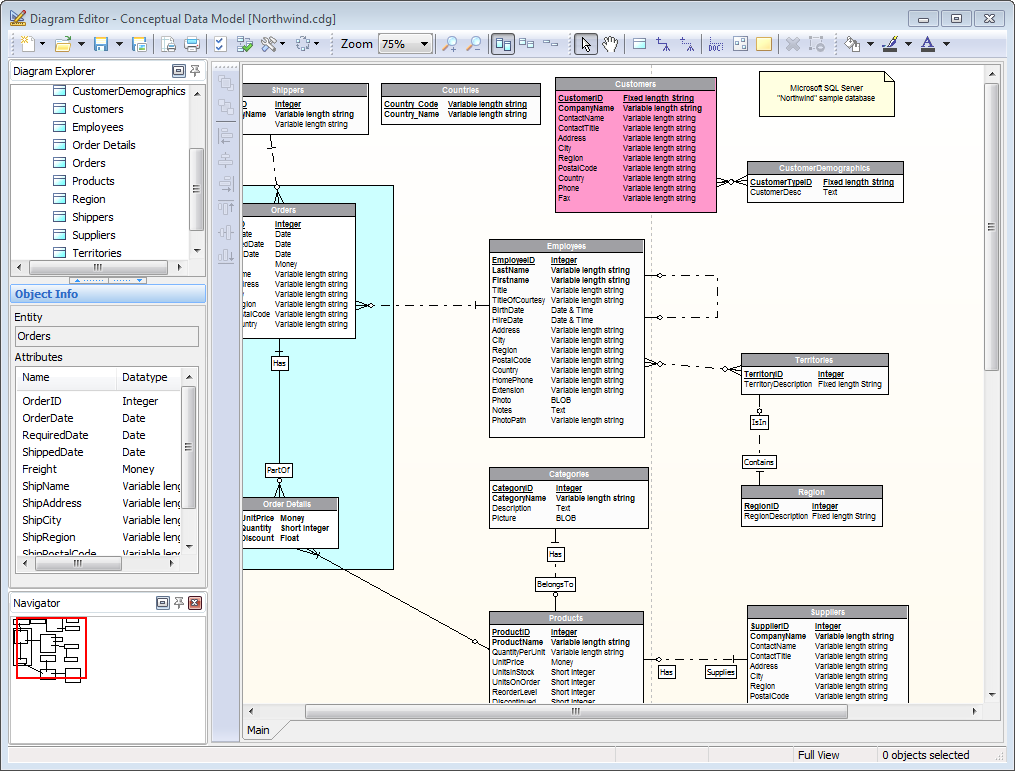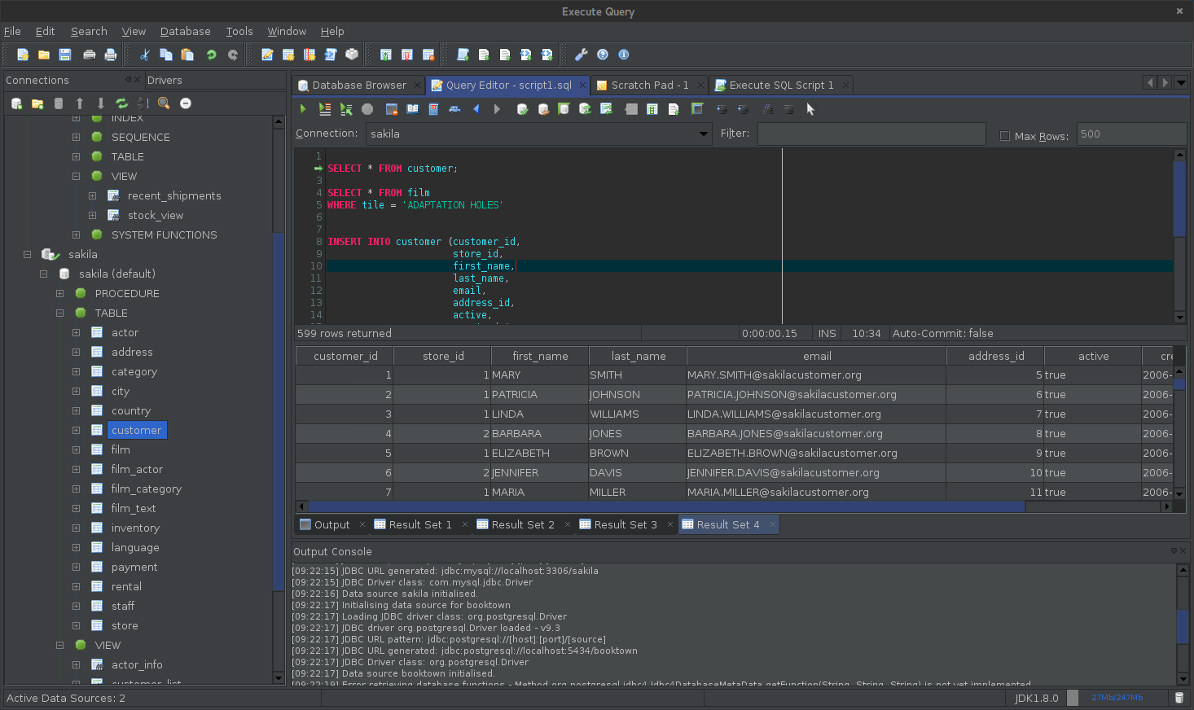

Model-driven database design is an efficient methodology forĬreating valid and well-performing databases, while providing theįlexibility to respond to evolving data requirements. The data architect, to visualize requirements and resolve design Modeling simplifies database design and maintenance by enabling you, MySQL Workbench provides extensive capabilities for creating and manipulating database models.


MySQL Workbench has a built-in SQL editor with syntax highlighting and auto-complete. Forward engineering creates an ER model from a live database. Reverse engineering creates a database from ER models. Models are used to build EER diagrams and physical MySQL databases. Database design (data modeling) This involves creating simple to complex entity-relationship (ER) models. MySQL Workbench provides data modeling, SQL development, and comprehensive administration tools for server co. Model-driven database design is an efficient methodology for creating valid and well-performing databases, while providing the flexibility to respond to evolving data requirements. Both these tutorials show the database design capabilities of MySQL Workbench. MySQL Workbench is a unified visual tool for database architects, developers, and DBAs. Table of Contents 9.1 Modeling Interface 9.1.1 Model Editor 9.1.2 EER Diagram Editor 9.1.3 Creating Tables 9.1.4 Creating Foreign Key Relationships 9.1.5 Creating Views 9.1.6 Creating Routines and Routine Groups 9.1.7 Creating Layers 9.1.8 Creating Notes 9.1.9 Creating Text Objects 9.1.10 Creating Images 9.2 Additional Modeling Tools 9.2.1 Printing Diagrams 9.2.2 DBDoc Model Reporting 9.2.3 Schema Validation Plugins 9.3 Modeling Tutorials 9.3.1 Creating a Model 9.3.2 Basic Modeling 9.3.3 Importing a Data Definition SQL Script 9.3.4 Using the Default Schema 9.3.5 Documenting the sakila Database 9.4 Forward and Reverse Engineering 9.4.1 Forward Engineering 9.4.2 Reverse Engineering 9.5 Schema Synchronization and Comparison 9.5.1 Database Synchronization 9.5.2 Compare and Report Differences in Catalogs 9.6 Table Templates 9.7 Customizing DBDoc Model Reporting Templates 9.7.1 Supported Template Markers 9.7.2 Creating a Custom Template Creating a database from scratch is the focus of Section 9.3.4, Using the Default Schema and exploring the graphic design capabilities of MySQL Workbench is touched upon in Section 9.3.2, Basic Modeling. MySQL Workbench acts as an integrated development environment allowing users to work with relational databases using a visual user interface rather than the command line.


 0 kommentar(er)
0 kommentar(er)
